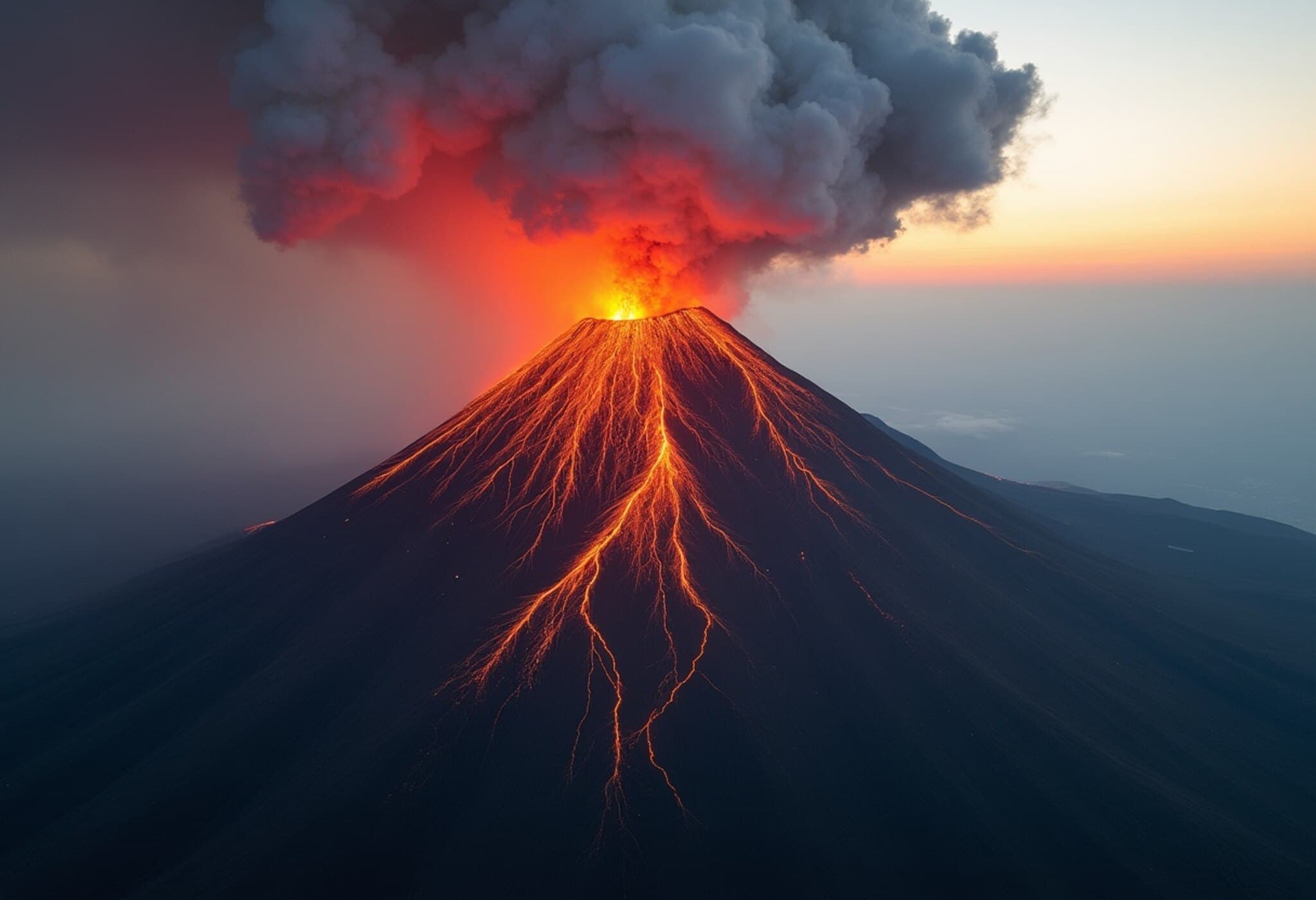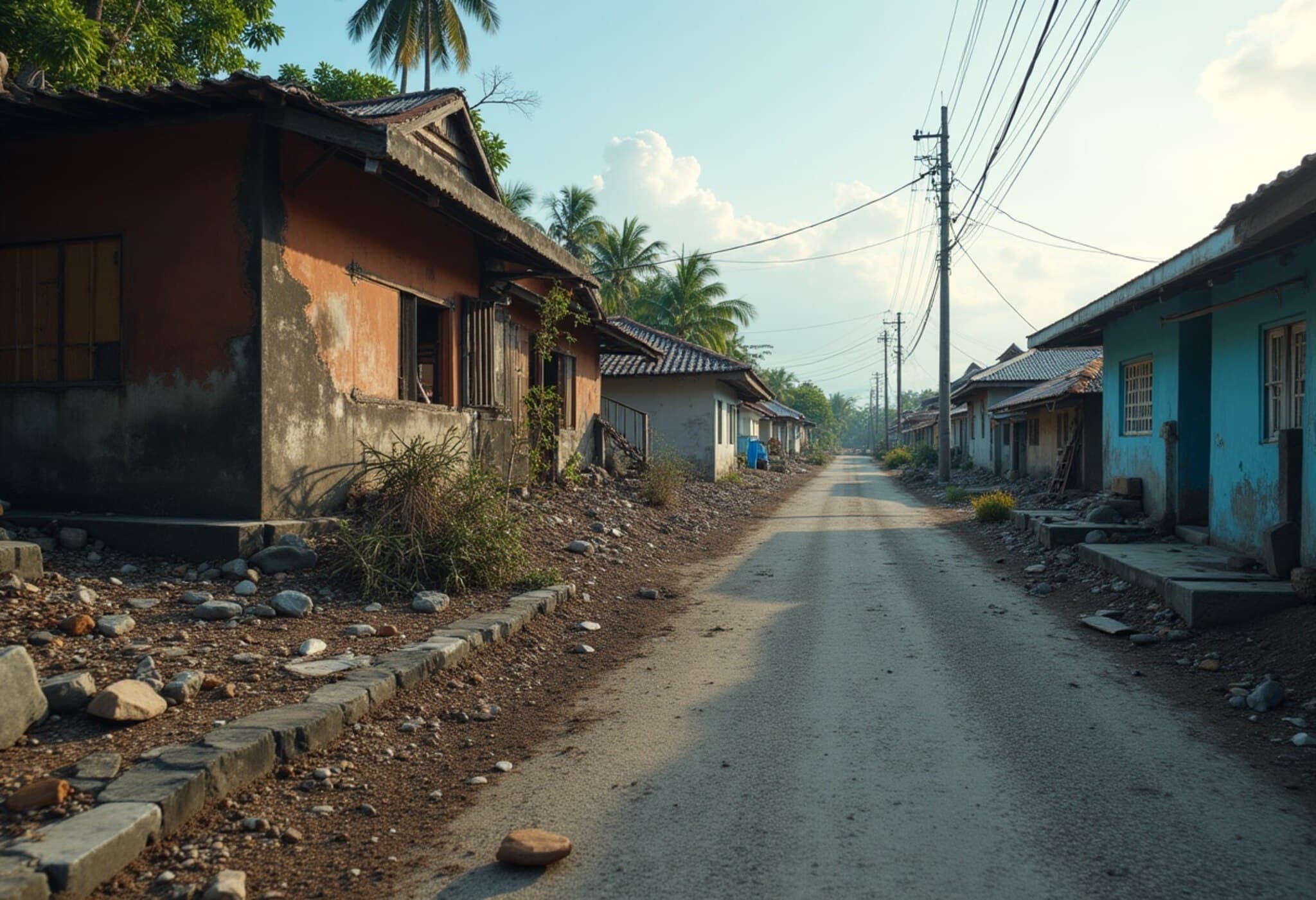Strong Earthquakes Shake Russia's Kamchatka Peninsula
On Sunday, the remote Kamchatka Peninsula in Russia’s Far East experienced a series of significant seismic events, rattling residents and authorities alike. According to data from the German Research Centre for Geosciences (GFZ), an initial earthquake registering 6.6 magnitude struck near the coast at a shallow depth of 10 kilometers.
This tremor was soon followed by a more powerful aftershock. The European Mediterranean Seismological Centre (EMSC) initially reported a quake measuring 6.7 magnitude, but later updates from GFZ revised this figure upward to a formidable 7.4 magnitude. Like the first, this second earthquake also occurred just 10 kilometers beneath the surface, emphasizing the region’s vulnerability to strong seismic activity.
Tsunami Warnings Amplify Concerns
The United States’ National Tsunami Warning Center (NTWC) responded swiftly by issuing a tsunami threat for parts of Russia’s Kamchatka coast, mindful of the potential for destructive waves following such undersea quakes. Concurrently, residents of Hawaii were placed under a tsunami watch, underscoring the Pacific-wide implications of seismic events in this volatile ring of fire.
Understanding Kamchatka's Seismic Significance
Kamchatka lies along the Pacific "Ring of Fire," a zone renowned for intense tectonic activity due to the convergence of multiple tectonic plates. Its history is punctuated by powerful earthquakes and volcanic eruptions, making real-time monitoring a critical priority for regional safety agencies.
Despite its sparse population, Kamchatka's geology offers crucial data for understanding earthquake dynamics and tsunami genesis. Western emergency management authorities closely watch any seismic activity here because of potential far-field tsunami impacts, such as those that could affect distant shorelines including the Hawaiian Islands.
Policy and Preparedness: The American Perspective
From a U.S. policy standpoint, events like these highlight the importance of maintaining robust tsunami detection networks and community preparedness efforts, especially in Pacific coastlines vulnerable to transoceanic tsunamis. Coordination between Russian seismic agencies and international counterparts ensures timely data sharing to protect lives and property thousands of miles away.
- Early warning systems remain vital in mitigating tsunami risks.
- Public education on evacuation protocols saves lives in coastal regions.
- Long-term investment in seismic monitoring technology pays dividends in disaster response.
Unanswered Questions and Future Safety Considerations
While the immediate threat has subsided with no reports yet of damage or casualties, several critical questions loom. Could these quakes signal the onset of a larger seismic sequence? How well-equipped are remote communities in Kamchatka and beyond to respond to sudden disasters? And with global climate changes potentially influencing ocean and tectonic systems, is the frequency or intensity of such events evolving?
Experts reiterate that continuous vigilance, cross-border collaboration, and public awareness are essential to reducing the risks posed by nature’s unpredictability.
Editor’s Note
The recent powerful earthquakes near Russia’s Kamchatka Peninsula serve as a stark reminder of the Earth's dynamic and often volatile processes. While the geographical distance may offer some reassurance to many, the interconnectedness of the Pacific Rim means no region is truly isolated from such natural events.
Ongoing research and international cooperation are key to enhancing prediction accuracy and emergency readiness. Readers are encouraged to stay informed through trusted sources and participate actively in local disaster preparedness initiatives.


















